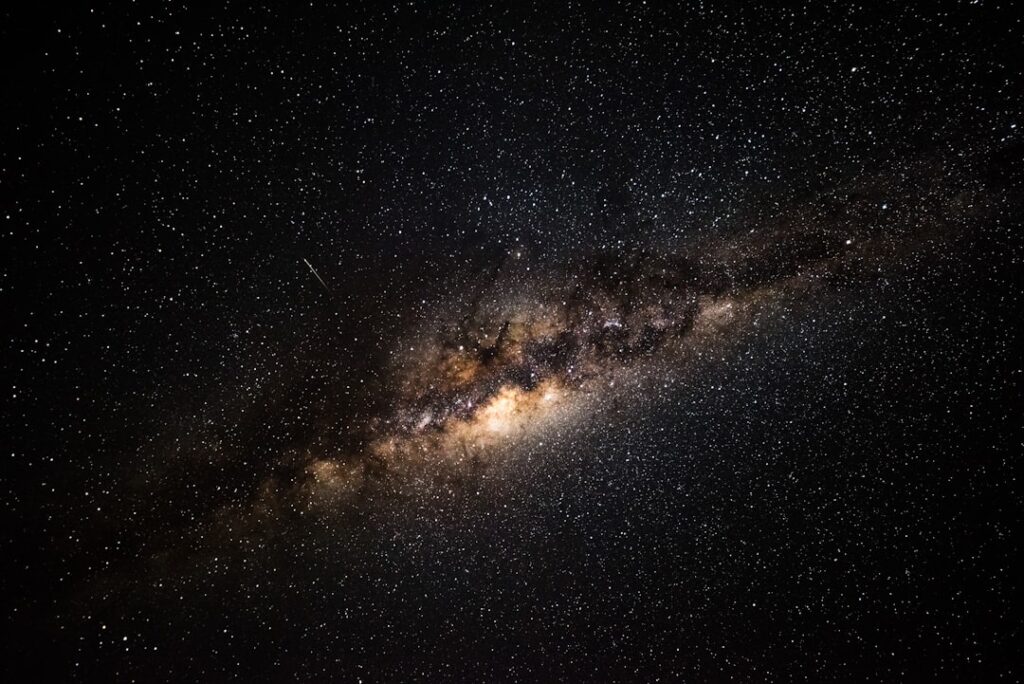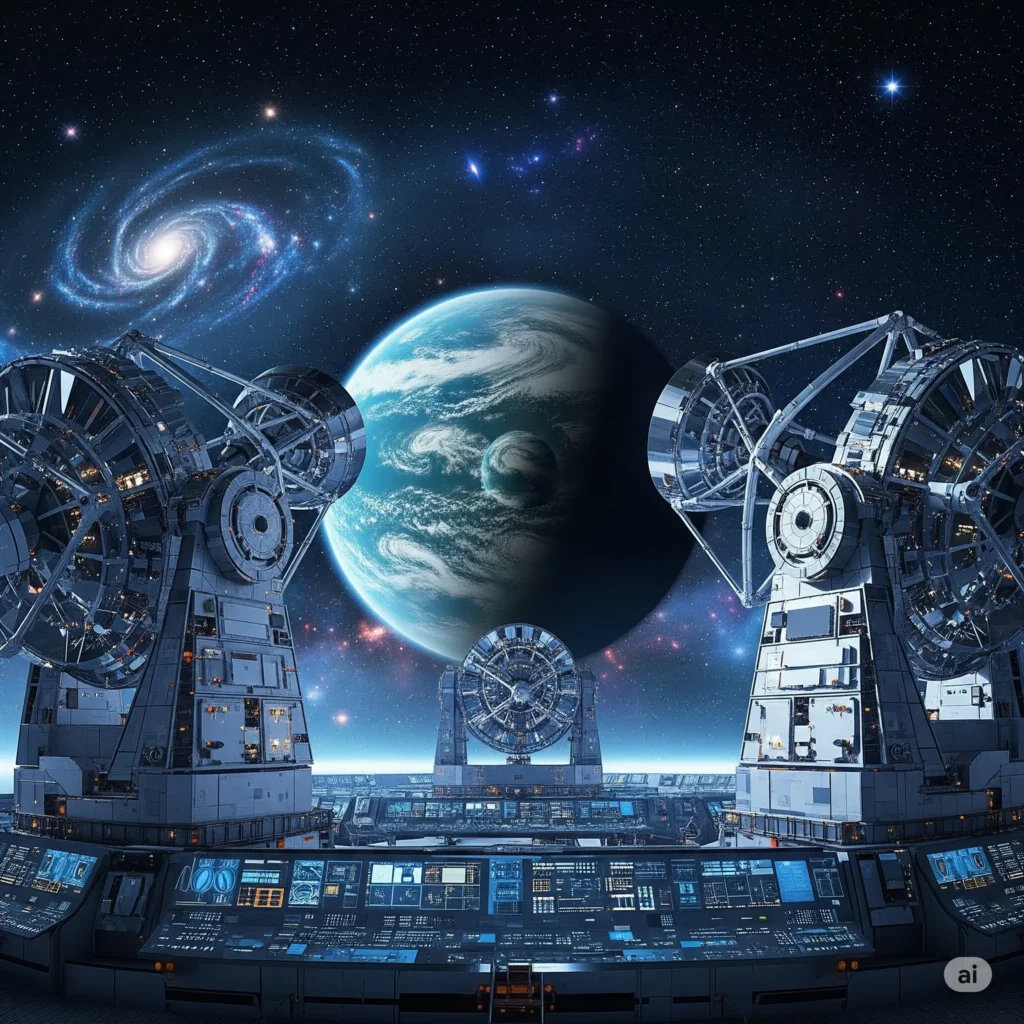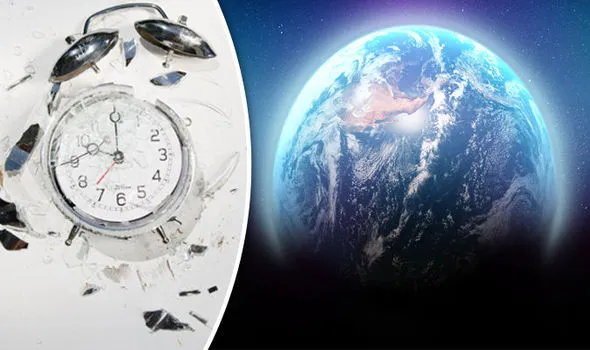Exploring the Cosmos: A Journey Through Space
The cosmos is a vast and intricate expanse, teeming with mysteries that captivate humankind. Beyond our planet, it invites us on a journey to explore the unknown, igniting our curiosity and passion for discovery. In this article, we will delve into the wonders of space, examining its history, formations, and our place within it.
The Birth of the Cosmos
The cosmos as we know it began approximately 13.8 billion years ago with the Big Bang, an explosive event that marked the inception of time, space, and all matter. This period heralded the formation of the universe’s fundamental building blocks, leading to the birth of galaxies, stars, and planets.
The Big Bang Theory
The Big Bang Theory posits that the universe expanded from a highly dense and hot state, undergoing rapid inflation. As it cooled, subatomic particles formed, eventually coalescing into hydrogen and helium. These primordial elements laid the groundwork for everything that exists today.
Formation of Galaxies
Over billions of years, gravitational forces caused these elements to gather and form clouds. Within these clouds, stars ignited, and galaxies started to accumulate. Our own Milky Way galaxy is just one of the billions that populate the cosmos, each with its unique characteristics.
The Structure of the Cosmos
The structure of the cosmos is both stunning and complex. It can be divided into observable and unobservable components, with various celestial bodies and phenomena present throughout.
Celestial Bodies
- Stars: Massive balls of gas undergoing nuclear fusion.
- Planets: Diverse worlds orbiting stars, including gas giants and terrestrial planets.
- Moons: Natural satellites that orbit planets, providing insights into other worlds.
- Comets and Asteroids: Small celestial bodies comprising ice, rock, and metals.
Dark Matter and Dark Energy
While visible matter accounts for a small fraction of the universe, dark matter and dark energy comprise around 95%. Dark matter, which does not emit light, holds galaxies together, while dark energy drives the accelerating expansion of the cosmos. Understanding these components remains one of the greatest challenges in modern astrophysics.
Human Exploration of the Cosmos
Humanity’s quest to explore the cosmos has led to remarkable advancements and milestones. From early astronomical observations to today’s space missions, our desire to understand the universe knows no bounds.
Historical Milestones
- Galileo Galilei: The first to use a telescope, revolutionizing our view of the cosmos.
- Voyager Probes: Launched in 1977, they continue to send back data from the outer edges of our solar system.
- The Hubble Space Telescope: Launched in 1990, it has provided breathtaking images and invaluable data about distant galaxies.
The Future of Space Exploration
With advancements in technology, the future of space exploration is brighter than ever. Initiatives like NASA’s Artemis program aim to return humans to the Moon, while SpaceX and other private companies are pushing the boundaries of commercial space travel. The quest to explore Mars and beyond also stirs the imagination, offering prospects for colonization and the search for extraterrestrial life.
Conclusion: Our Place in the Cosmos
As we explore the cosmos, we come to understand our own existence within this grand tapestry of stars and galaxies. The mysteries of the universe compel us to seek answers, pushing the boundaries of science and technology. By investigating the cosmos, we not only learn about the universe but also about ourselves and our place in it. As we journey deeper into space, the wonders of the cosmos will continue to inspire generations to come.


